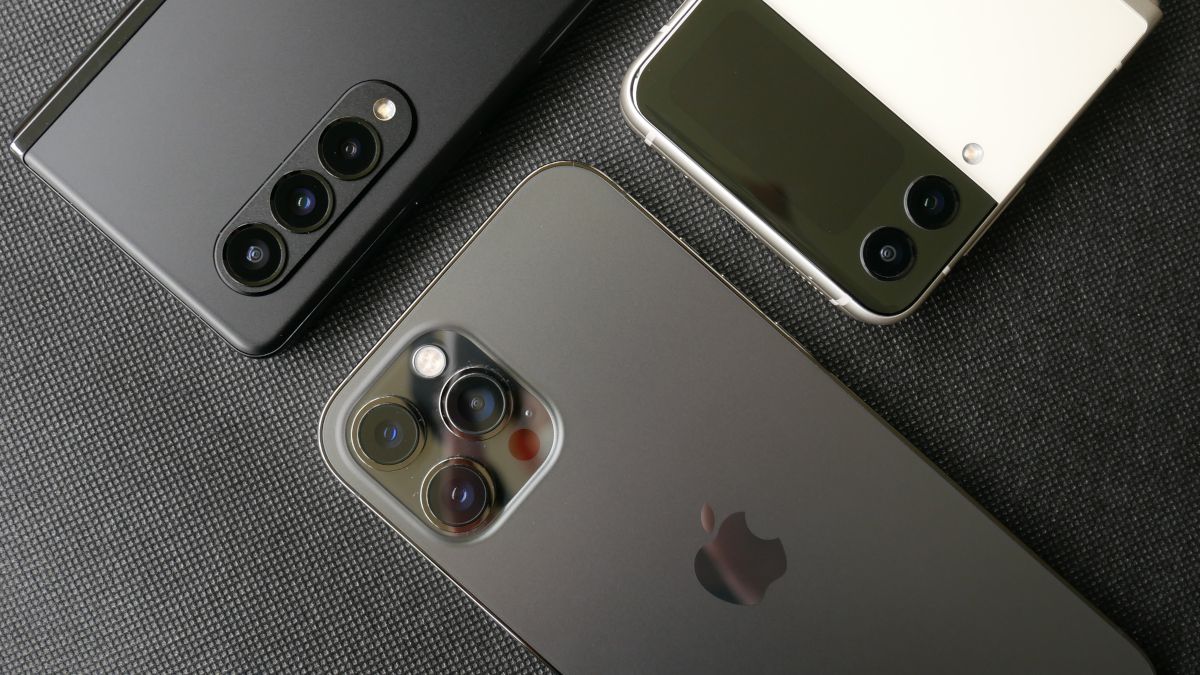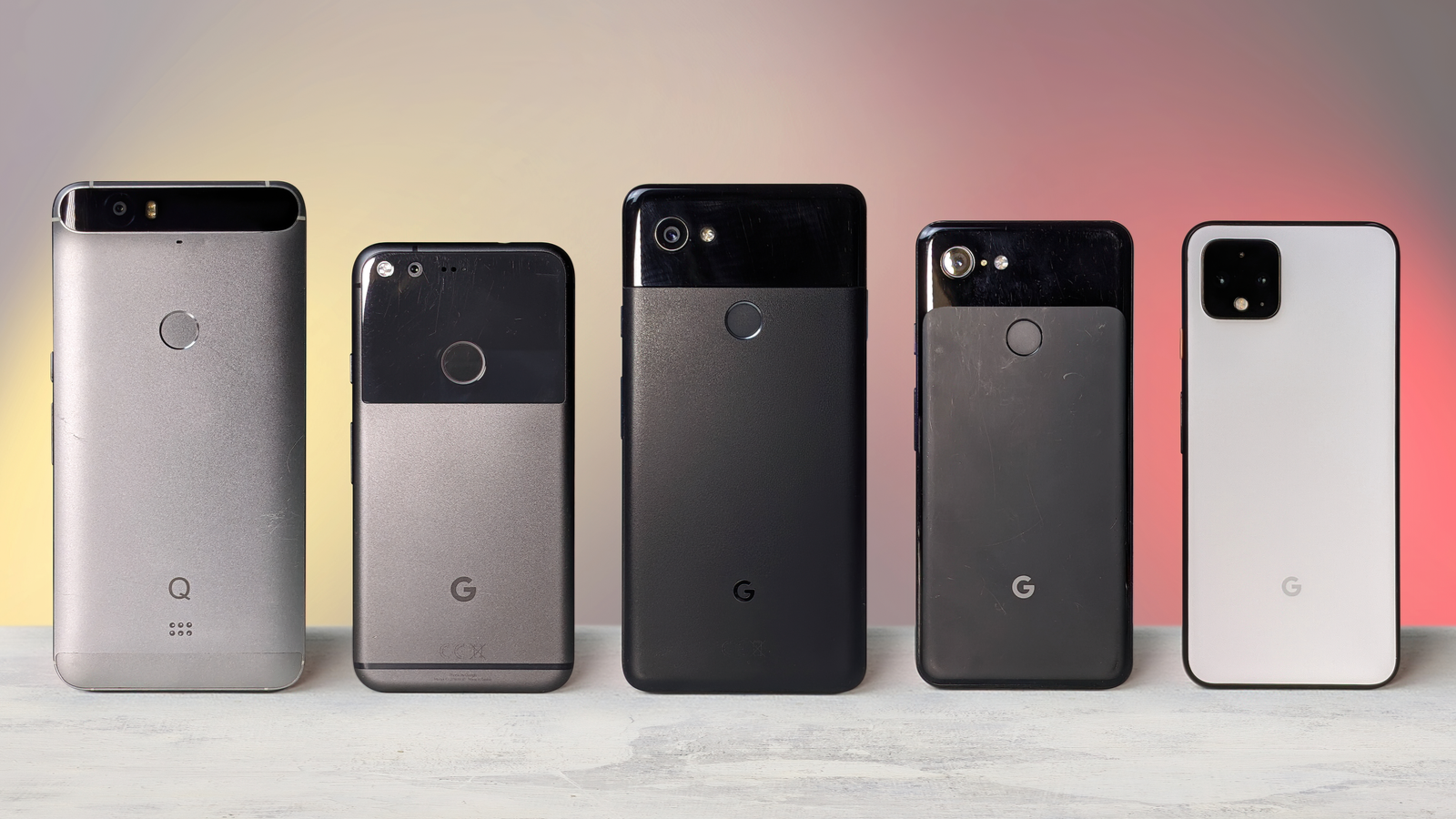Back in the day, Android devices fell into two distinct camps: those running a near-stock version of Android, and those with heavily-modified Android skins, such as Samsung phones. Over time, these two categories have blended into each other, to the point that the former hardly even exists anymore.
Google Pixel Phones Aren’t Stock Android
For those who aren’t aware of or don’t remember it, Google used to make Android devices long before the Pixel. They were called “Nexus.” Although these phones and tablets were built by various manufacturers, such as LG, Samsung, and HTC, the software on them was virtually pure stock Android, with only a couple of minor tweaks to make the devices more usable.
Of course, Nexus phones came pre-loaded with Google apps, and they had to. You wouldn’t even have a web browser or the Play Store without Google apps. The Android running on Nexus phones wasn’t exactly AOSP (Android Open Source Project), but it was very close, much closer than what Pixel phones have today.
You see, when Google killed off the Nexus brand in favor of the Pixel, it came alongside a major shift in design mentality. Pixel phones were no longer the showcase vanilla Android devices that other manufacturers should look to as a model. No, Pixel phones are now “proper” smartphones with bleeding-edge technology like advanced image processing and, lately, AI features that Google doesn’t want everyone to have a grip on.
I highly doubt that features like AI summaries in the Recorder app will ever come to Android AOSP, meaning we won’t see them on other smartphones. That’s why Samsung is working so hard on Galaxy AI.
Back when Google’s focus was on Android AOSP, we’d see major OS updates all the time. Each new version of Android would come with a bunch of new and exciting features. These updates are now merely an incentive for smartphone manufacturers to push a new version of their Android skins, as very few new features make their way onto our smartphones as part of the actual OS update. I have to admit that Apple is doing a much better job of keeping iOS updates exciting.
Why Techies Love Stock Android
There are some good reasons why some of us mourn the death of stock Android as we’ve come to know it. For one, stock Android came with the cleanest version of Android, free of any unsolicited apps, features, and heavy launchers that slow down the phone. It was a pure and minimalist software experience that no Android skin could match. Now, even Pixel phones technically come with bloatware.
Also, we easily forget just how slow smartphones used to be ten years ago. Our modern smartphones can arguably replace your PC because they have impressively powerful SoCs, but back in 2014, most Android smartphones were kind of slow. A bit of bloatware and an Android skin on top is all it took to slow down your phone even further.
There was a significant difference in speed between identical smartphones running stock Android and a skin. I used to flash Cyanogenmod on my old Samsung phones, and I can tell you that the improvement in speed and smoothness was quite noticeable. Stock Android phones also tend to keep running smoother as the device ages. It’s what prompted me to eventually buy a Nexus 4 to replace my Samsung Galaxy S Duos, and I’ve been using near-stock Android phones since.
The last reason enthusiasts love stock Android so much is software updates. Pixel now promises a 7-year update window, but back in the day, we only had one or maybe two years’ worth of Android versions before the manufacturer would leave the old phones in the dust. Android updates came first on phones running stock Android, and they also tended to get more updates in general, likely because it was easier for the developers to work on these phones.
Near-Stock Android Phones Are Great
While stock Android smartphones like the Nexus and Google Play Edition phones no longer exist, you’re not out of options altogether. In fact, you could argue that what we have today is even better than the original stock Android phones, as near-stock devices have the opportunity to bake in unique, exciting features.
There’s a healthy selection of smartphones on the market that run lightweight skins that don’t hurt the stock Android experience. The Google Pixel 9 and other Pixel phones are the most obvious choices, but there’s also the OnePlus 12R, the ASUS Zenfone 11 Ultra, and the Nothing Phone (2a). If you want a phone that stays smooth and potentially gets software updates for many years to come, you can’t go wrong with any of these phones!







